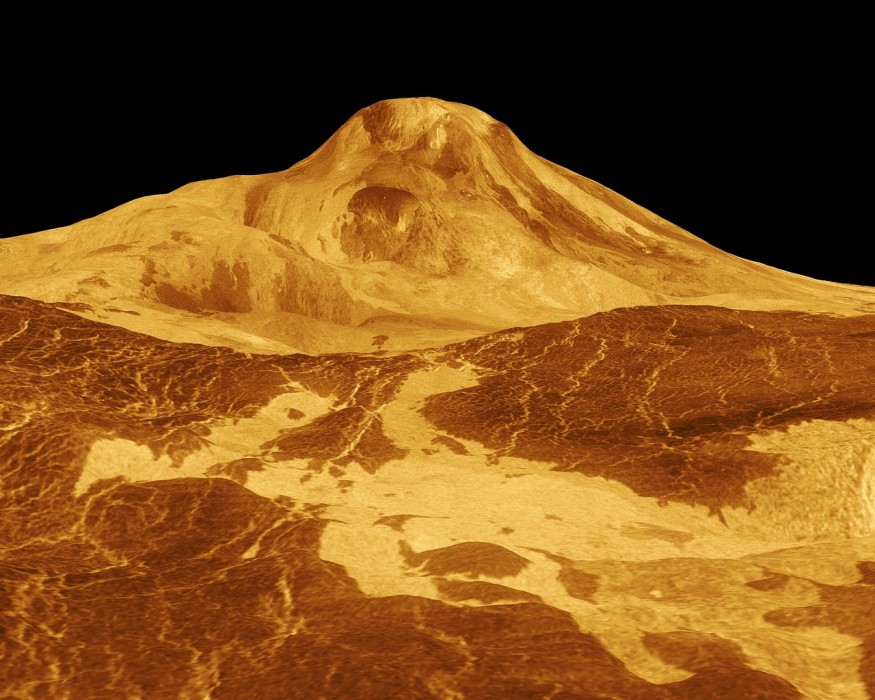Volcanic activity is a sign that a planet is alive due to the evidence of the presence of geothermal heat, which fuels the gargantuan celestial body it is situated.
However, not all volcanoes are active, since some have completely stopped for the meantime, in what volcanologists call "dormant volcanoes" to indicate that a volcano is currently not erupting but may explode in the future.
The designation of a volcano as dormant is based on its recorded past eruption and the large time gap that it has been inactive. Still, there are others that have not erupted at all, in what scientists consider as "extinct volcanoes."
This occurs when magma from the Earth's center is unable to flow and reach the underground chambers leading to the bottom of a crater.
This geological phenomenon is more documented on Earth compared to other planets in our solar system, with evident reasons mainly due their extremely far distances, harsh planetary conditions, and available space technologies. One such example is Venus, wherein astronomers previously captured a glimpse of its massive giant shield volcano named Maat Mons, but overlooked its volcanic activity.
Now, geological evidence of volcanic activity on the surface of Venus was detected for the first time, according to a new groundbreaking study. Researchers examined decades-old data from the Magellan mission of the National Aeronautics and Space Administration (NASA).
Maat Mons

According to NASA, Maat Mons has a towering size of 8 kilometers (5 miles) and named after the Egyptian goddess of truth and justice. It serves as a satellite of our Sun and was discovered by the US space agency's Magellan mission.
The agency describes the image it has taken, as seen above this article, as a three-dimensional (3D) perspective view of Maat Mons and the surface of Venus. The viewpoint is located 560 kilometers (347 miles) north of the Venus volcano at an elevation of 1.7 kilometers (1 mile) above the ground.
Furthermore, NASA acknowledges the presence of lava flows that extend for hundreds of kilometers through the fractured plains in the foreground.
Venus Volcanic Activity
The findings in the study, published in the journal Science on March 15, indicate that it is possible there was a Venus volcano eruption in the past, thanks to the now-confirmed active volcano Maat Mons. Yet, more research is needed to collect concrete data for such recent or ancient eruption.
Determining this mystery could soon be resolved in the short-term future due to NASA's anticipated mission to Earth's twin planet within the decade. The space program is named VERITAS, which stands for "Venus Emissivity, Radio science, InSAR, Topography And Spectroscopy." It is led by the agency's Jet Propulsion Laboratory (JPL).
Robert Herrick, a research professor from the University of Alaska Fairbanks and a VERITAS team member, said NASA's VERITAS mission inspired him to trace the recent volcanic activity from the Magellan data, as cited by Live Science.
After 200 hours of comparing the images taken by the Magellan spacecraft in different angles, Herrick said he noticed two images, taken eight months apart, showing geological changes caused by an eruption.
Related Article : Surprising New Evidence Shows Venus Has Active Volcanoes
© 2025 NatureWorldNews.com All rights reserved. Do not reproduce without permission.





